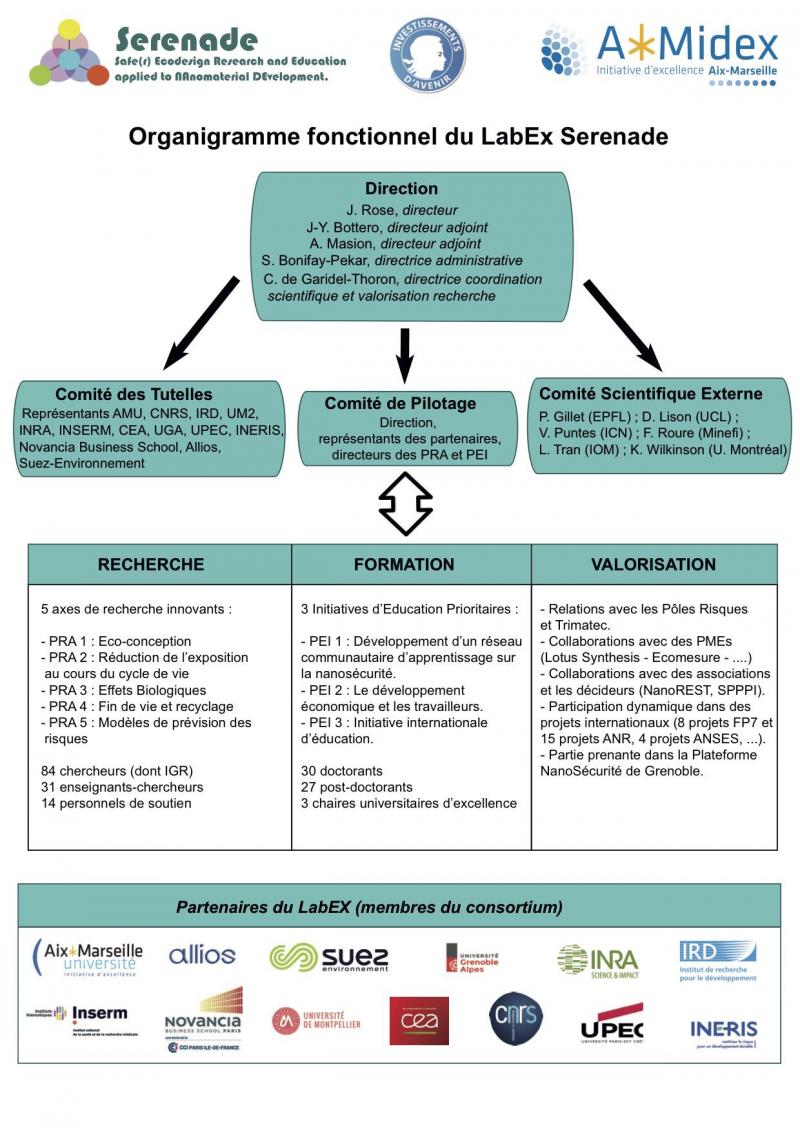GOVERNANCE - PROGRESS OF THE PROJECT
The kick-off meeting of SERENADE took place the 30th of May 2012.
SERENADE is a national network involving academic and industrial partners. As initially stated SERENADE organisation relies on the Steering Committee (SC), the External Board (EB) and the Board of authorities (BA).
The SC consists of the directors (or delegates) from the laboratories and the industrials partners. The SC mission is to propose, discuss, and validate the major orientations and strategic evolutions of SERENADE. The SC meet two to three times a year.
The External board (EB) is composed by national and international personalities (scientists and regulators) namely I. Lang Tran (IOM, Edinburg), V. Puntes (Université de Catalogne, Barcelone), F. Roure (French ministry of Finance & OECD), K. Wilkinson (Mc Gill University, Montreal), D. Lison (UCL, Brussel) and P. Gillet (EPFL, Lausanne). The EB mission is to evaluate all submitted proposals to the yearly internal call and advise the steering committee concerning scientific priorities.
The Board of authorities (BA) consists of delegates of all partners authorities namely AMU, University Grenoble Alpes, University Paris Est Créteil, INSERM, CEA, CNRS; INERIS, INRA, Novancia Business school, IRD, Univ Montpellier, Suez Environnement, Allios and delegates of the ANR. This board meets once a year and sets policies and makes decision concerning the link between SERENADE and authorities strategic priorities in terms of scientific actions, investments and jobs creation.
Each year the SERENADE call for proposals is funding PhD, Post-doctoral fellowships (2 years funding), junior chairs (3 years funding) and exploratory projects up to 150 k€. Final decisions are mainly based on the external board reviews related to the national and international priorities. SENERADE objectives are further validated by the SC.
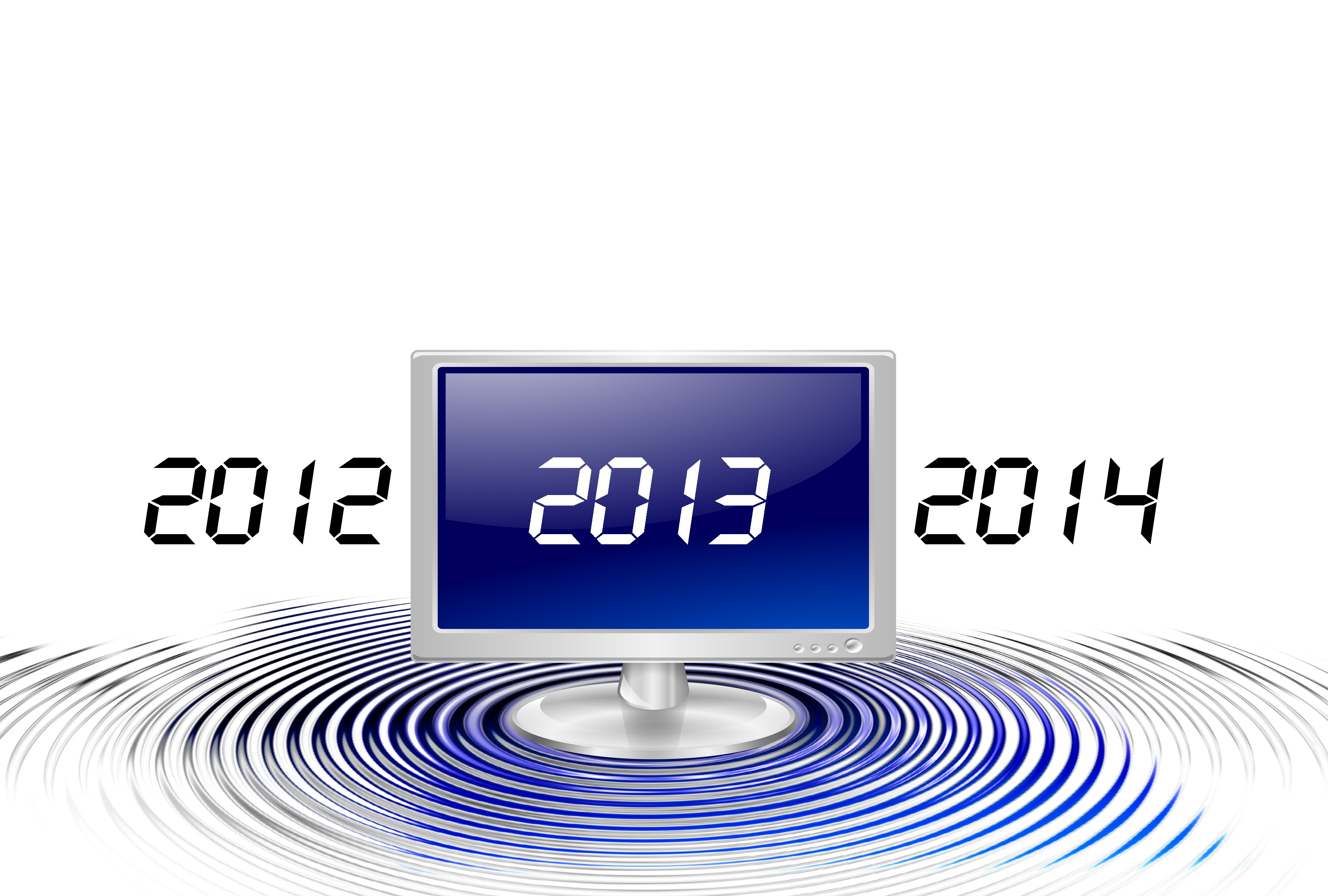
2012-2014
Since 2012 the selections reflect balanced decisions in perfect agreement between SC and EB members. However in case of a disagreement a vote can be organized (the vote rules are described in the consortium agreement). During the 2012-2014 phase the main priority for the calls was to allocate any fellowship or funds only if a minimum of two partners were implied. It was essential during the first phase of the project to create the conditions for each active member (around 100 permanent scientists and engineers) to propose original research and take ownership of the SERENADE objectives and interdisciplinary.
After each proposal selection, the SC analysed the balance in terms of topics and Priority Research Actions (PRAs). Based on specific quantitative criteria (number of funded projects per PRAs & per partner, PhD/Post-doc ratio, publications per PRA, co-funding projects …) the SC canset the priorities for the next SERENADE call. For instance, a significant deviation at the expense of of safe-by-design projects has been highlighted in 2014.

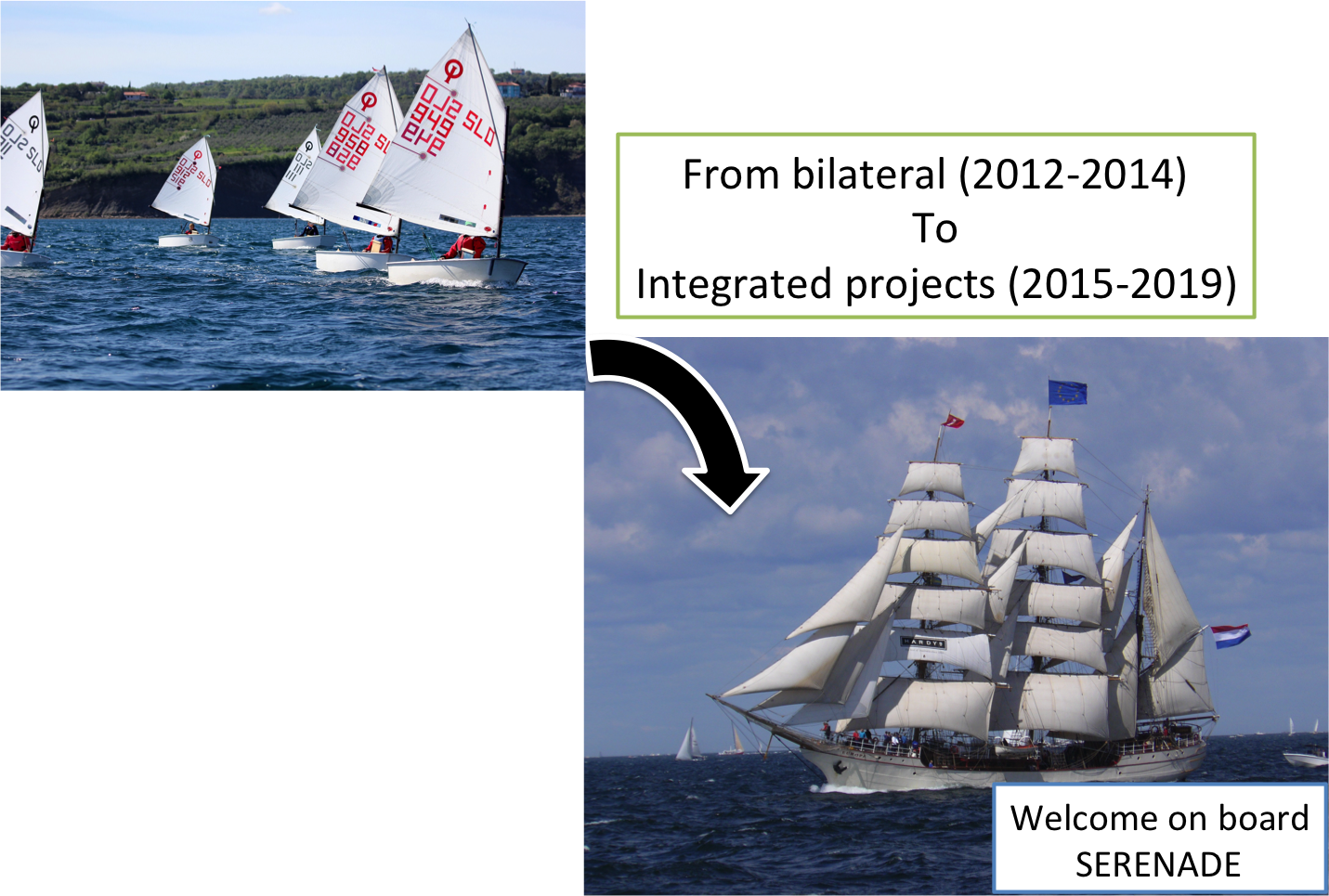
Since 2015
After 2015, The SC and the EB decided to modify the rules and objectives of the call. The new call format is the resulting of a workshop held January 2015 and involving 80 attendees. It has been decided to move towards more ambitious projects based on larger consortia and addressing all 5 PRAs in the form of case studies. This workshop had a very positive outcome since i) this team exercise has built an enthusiastic consensus around this modified form of the proposal calls, ii) nearly 30 letters of intent were generated within only one month, and were assembled into 7 comprehensive case studies.
The call format changes were collectively approved due to the active participation of all actors of SERENADE. This clearly shows that even if SERENADE is composed by a large number of partners, from different research institutes, from public as well as private sectors, the implementation of a participative management translates to a flexible the project structure.
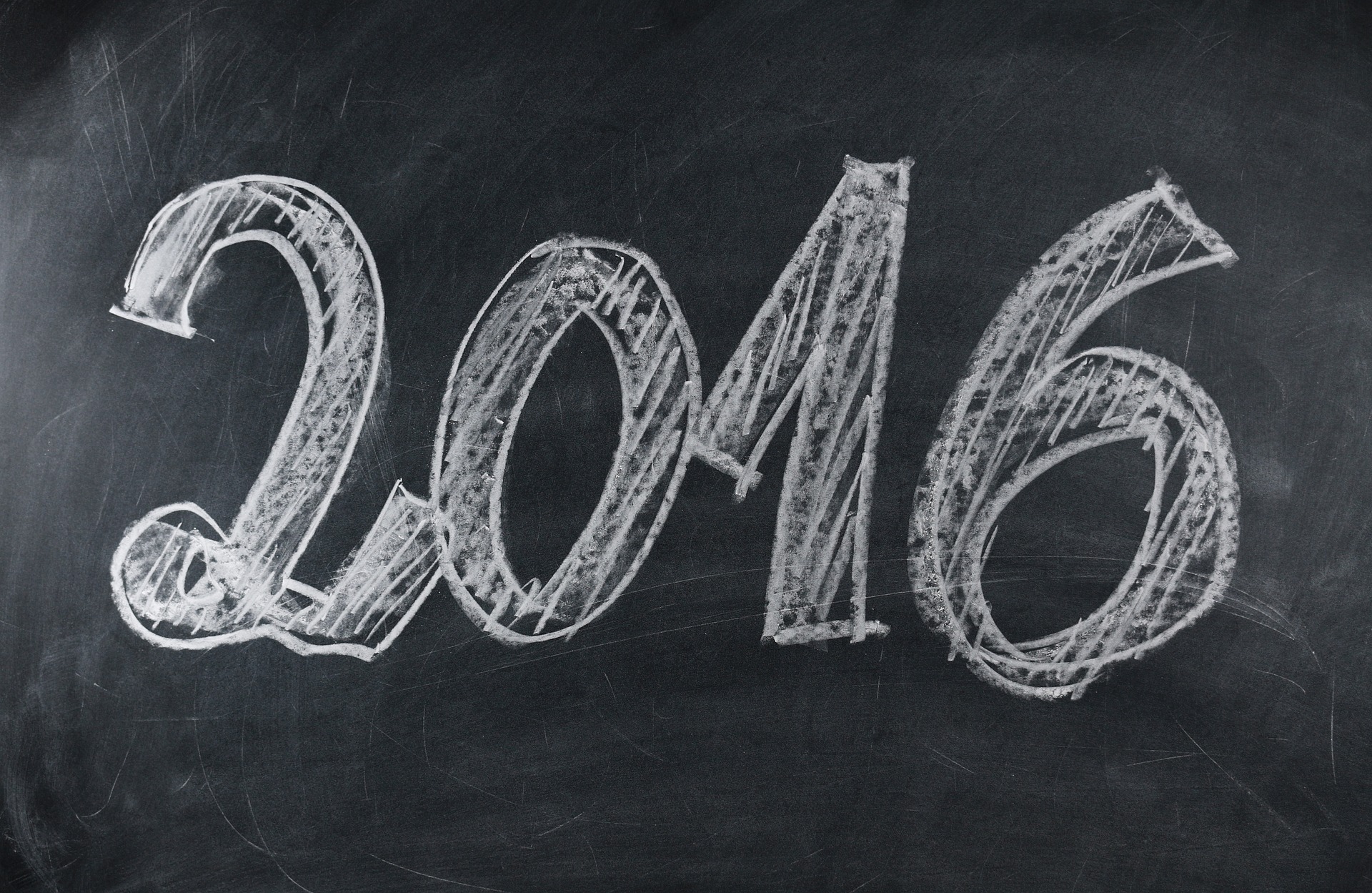
2016 Call
The 2016 SERENADE call, following the mid-term report recommendations, was centred around outreach and valorisation projects: 4 projects were accepted and funded.
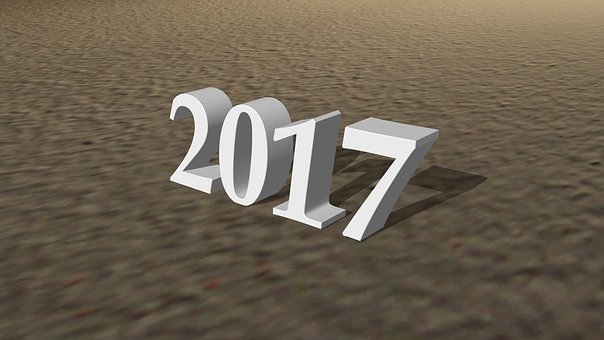
2017 Call
The Safer by Design aspect remains the central axis of the 2017 call.
In the context of Safer by Design, we encourage the submission of projects on aspects so far little / not developed in Serenade:
• recycling / (eco) end-of-life management
• Innovative materials / Next-generation nanomaterials (bi / tri-metal oxides, composites, nano / nano-nano hybrids, atomic quantum cluster, atomic quantum dots, nanowires ...)
• pre-normative / pre-regulatory indicators: levels of exposure and toxicity, relevance and genericity of indicators.
For 8 submitted projects, 4 were immediately accepted, one is under revision and 3 were rejected.
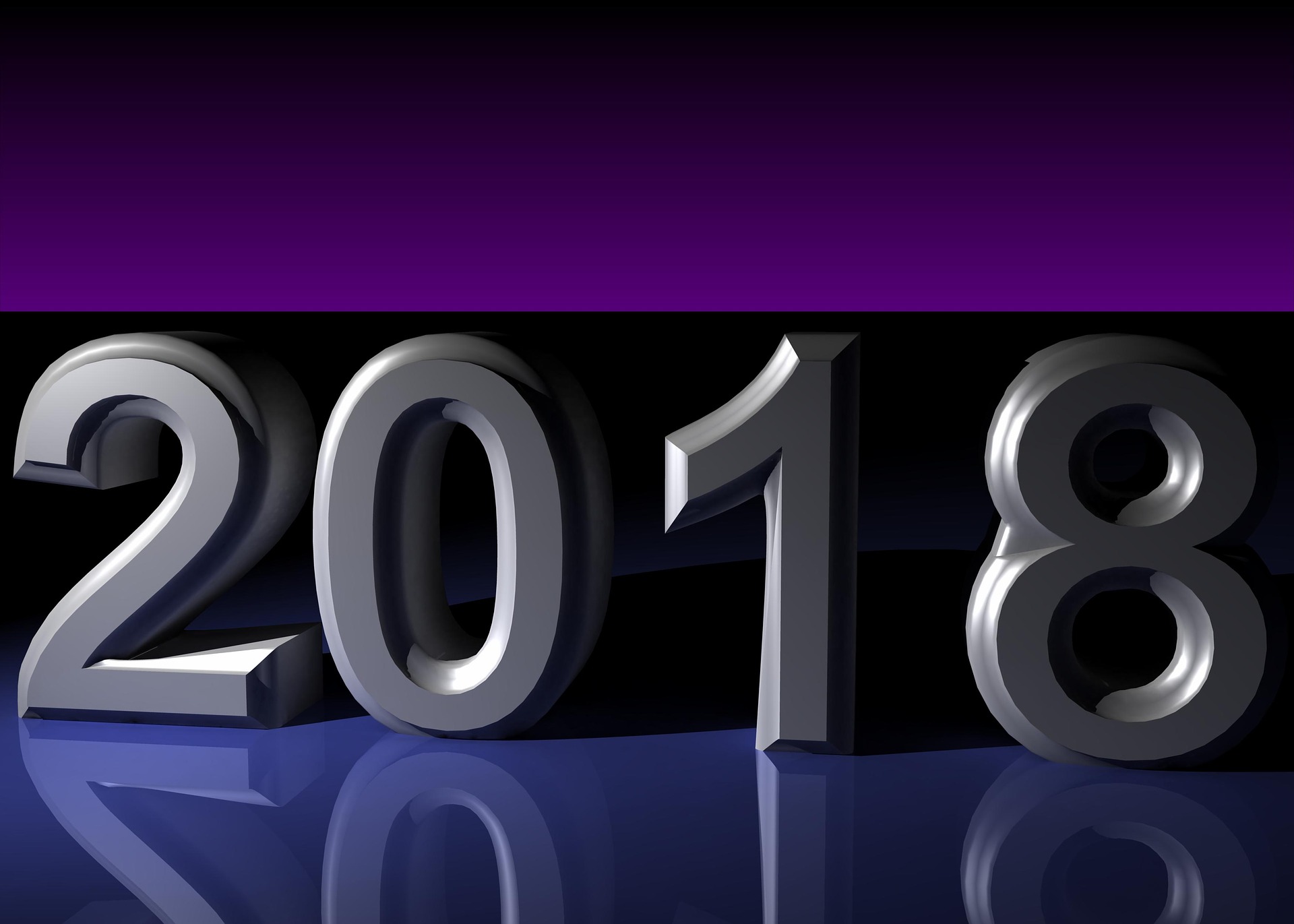
2018 CALL
This year, the Serenade call for proposals has be opened to research and valorization actions. The research priorities have taken into account the general discussions from our annual symposium in November 2017, as well as the answers to a survey sent at the beginning of the year.
The 2018 call will attempt to balance support for both the highest possible TRL projects as well as more basic topics and it may extend projects and 'case study' in progress. It can also support case studies covering new areas of applications.
- 6 research projects were selected : STABAT, Recycling Ag, ENHANCE, MEANTIME, SafeTiPaint2 and WarmEcoPaint
- 4 valorisation projects: Fête de la Science, FRACA, Line of Size and 3 months invited professor fellowship for Dr. Ilise Feithans (UGA).






